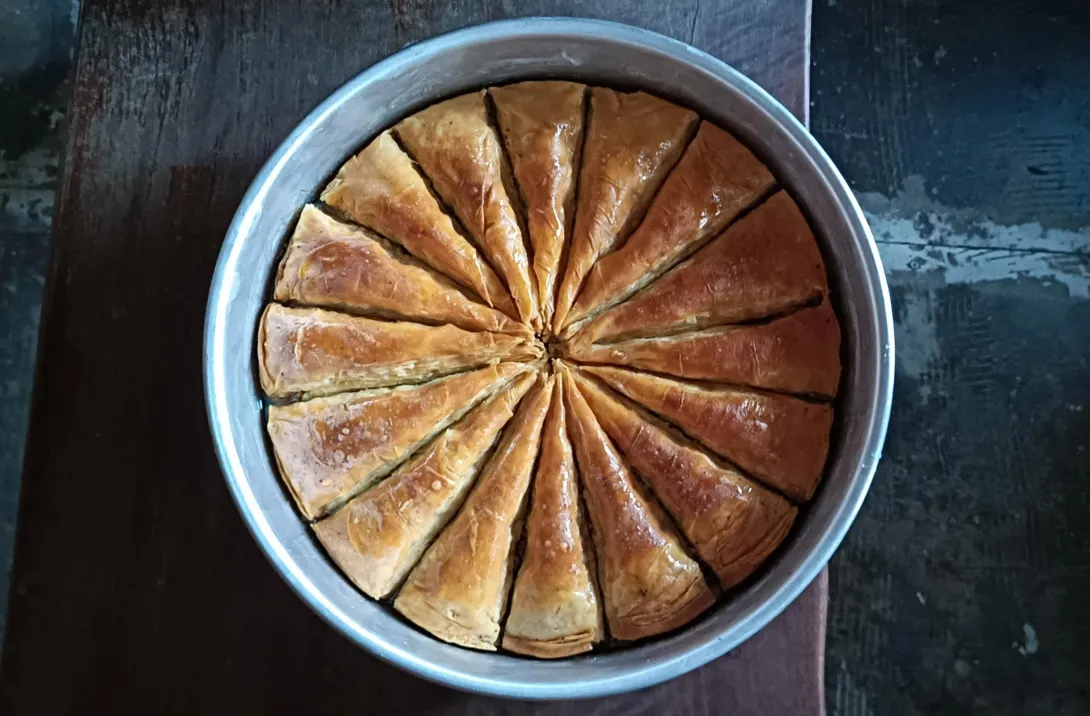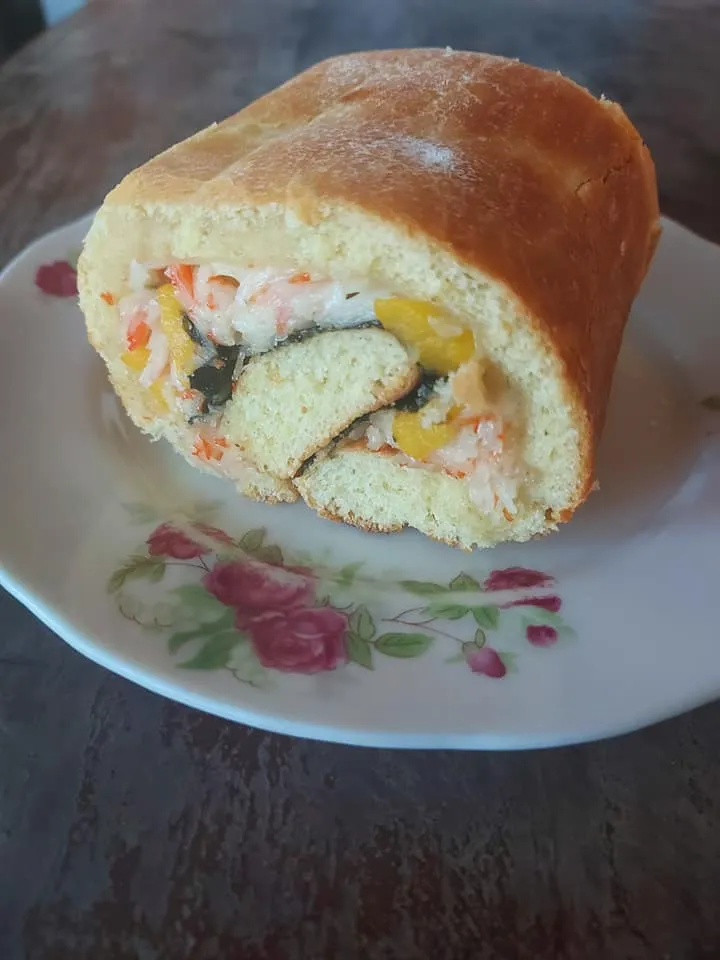PalwithnoovenP's blog
Celebrate Double Pie Day!
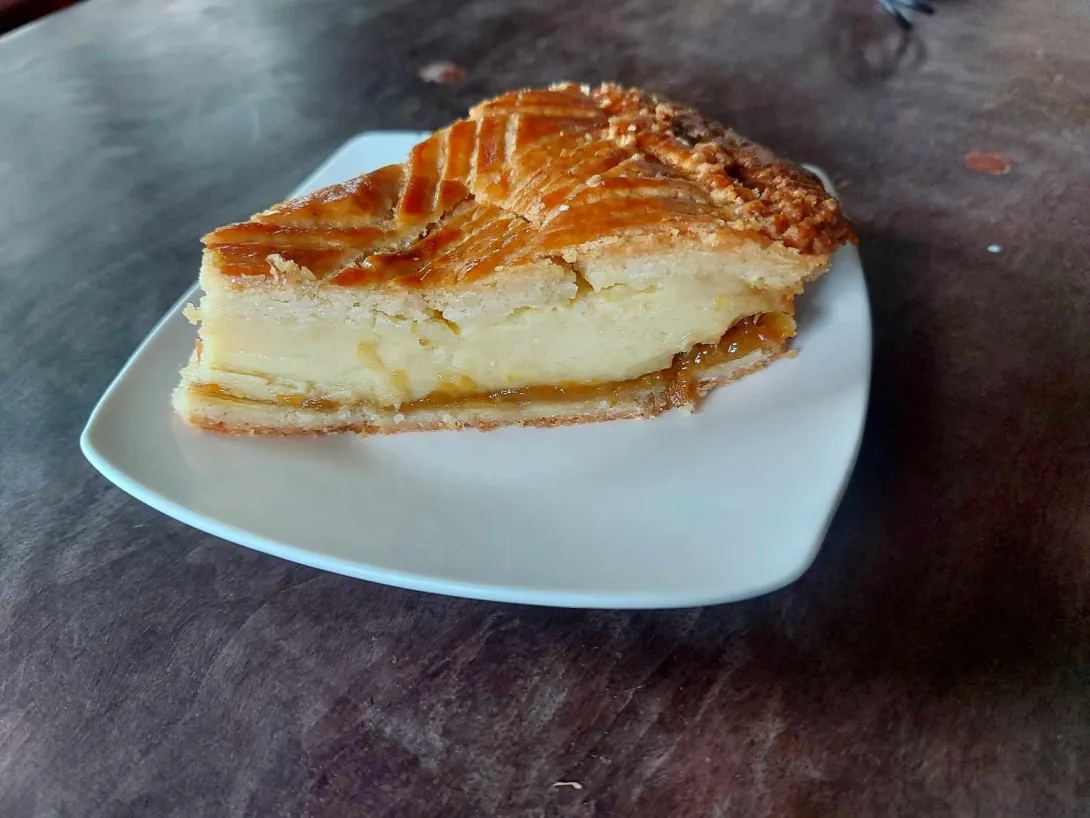
June 28 is Double Pi(e) Day!
2π = 2(3.14) = 6.28 :)
I don't know if these can be technically considered as pies but they have a crust, they have a filling; they can pass as pies to me. Here they are:
Mango Gâteau Basque. I put a twist on the French classic by using our local mangoes that are in season right now. I used not so ripe mangoes to offer a tart balance to the rich custard like what cherries do in the original. The contrast between the crumbly crust and the creamy filling with the fragrant mango punch is just delightful!
Chicken Pot Pie for Pie Day
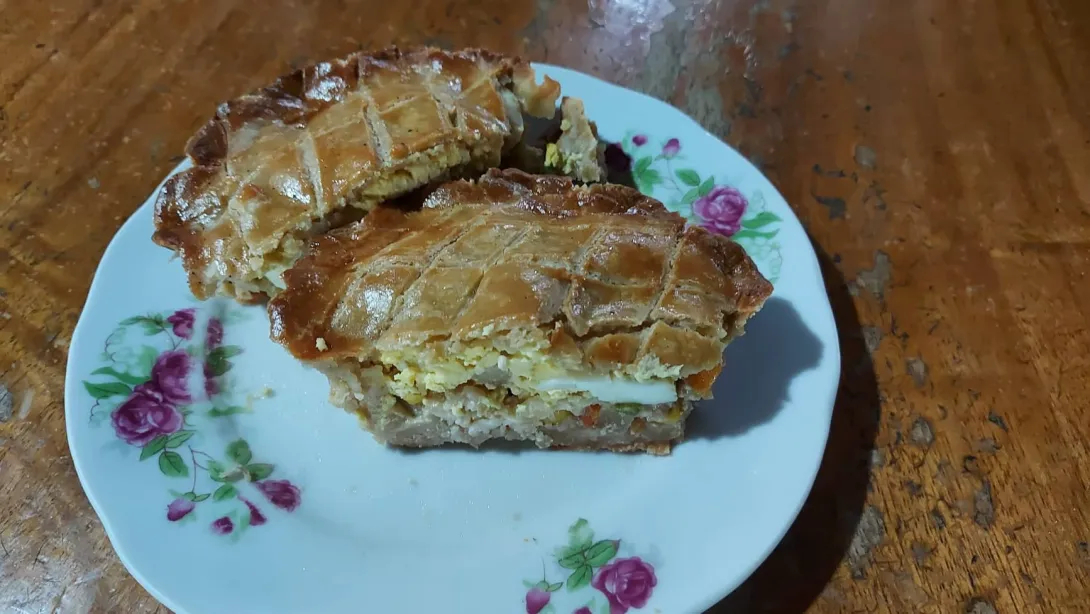
March 14 is Pie Day!
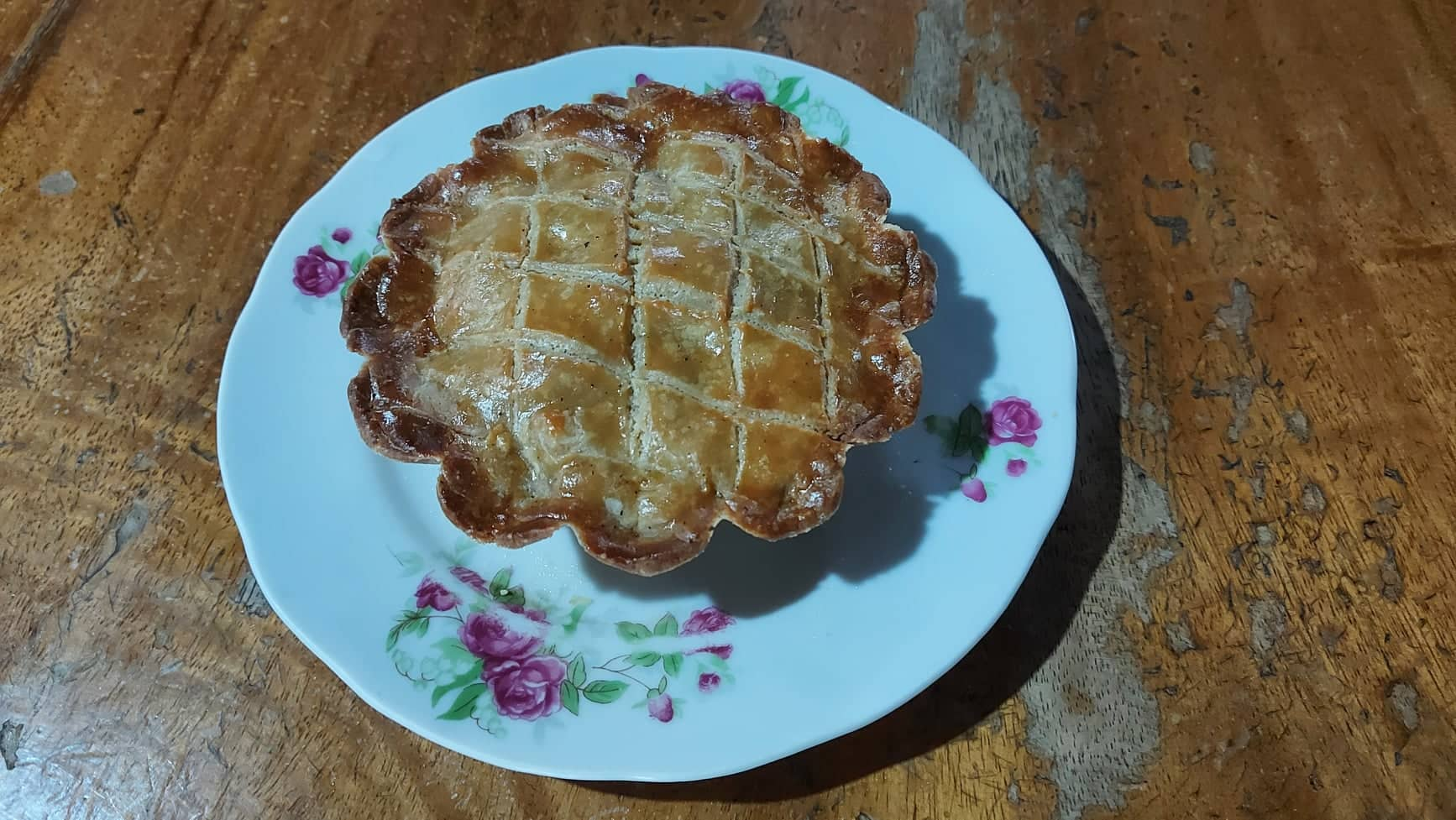
How I wish I used a π (3.14) design for the top crust. Really missed the opportunity there! :)
So I made some chicken pot pie with a local twist. The filling was made with jicama, mixed vegetables (carrots, corn, and peas), and celery with tender chicken chunks marinated in oyster sauce and fish sauce in a rich cream sauce.
"Montanara-Style" Sourdough Pizza
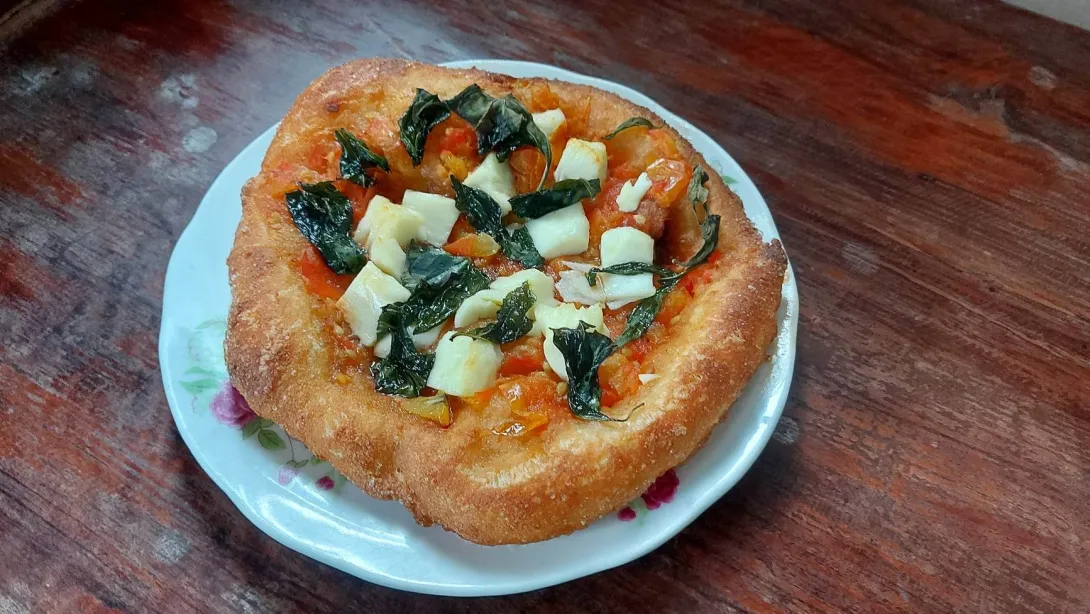
Deep-fried pizza until the crust is golden, topped with sauce, basil, and cheese, then baked in wood-fired oven to melt the cheese and crisp the crust even more. That is a pizza Montanara. The description doesn't even sound remotely Italian; it sounds as if it is something made-up but is not. It turns out that fried pizza is as old as a tradition or even older in Naples than the classic Pizza Napoletana.
Sourdough Bread and some Charcuterie
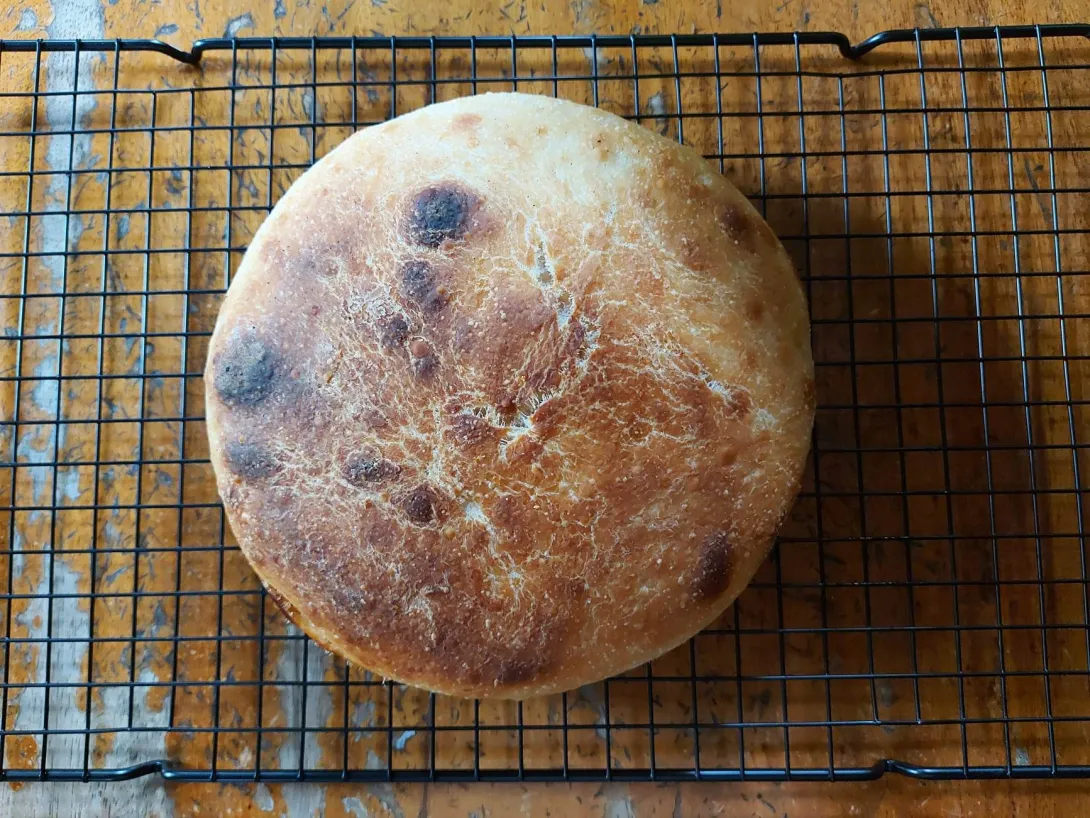
Hello TFLers! I can't believe that I still haven't posted for the whole year of 2022! No post for a whole year? Of course, I can't let that happen.
Face-to-face classes have come back this year so I'm even busier, work has increased exponentially compare to pre-pandemic times; catching up from the two-year absence of face-to-face learning, while still dealing with the challenges of the pandemic. Still, we're so thankful, we are still alive with God's help and mercy.
All of that means limited time to bake and almost no time to post. Here is one of my seldom bakes.
Sourdough Cream Cheese Kani Rolls

Hi TFLers! I hope you are all doing fine. Work has multiplied exponentially that is why I have posted and even baked and cooked less and less. I baked this quite some time ago but only managed to post it now. This is inspired by another baked sushi flavor that I make for the family.
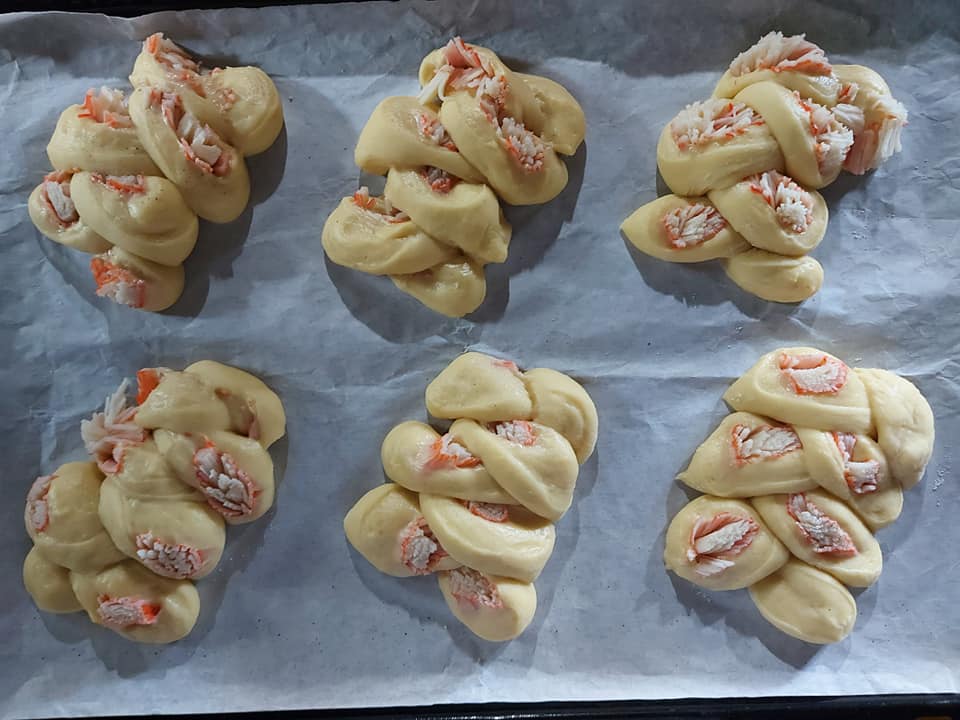
New Year Cakes (SD)
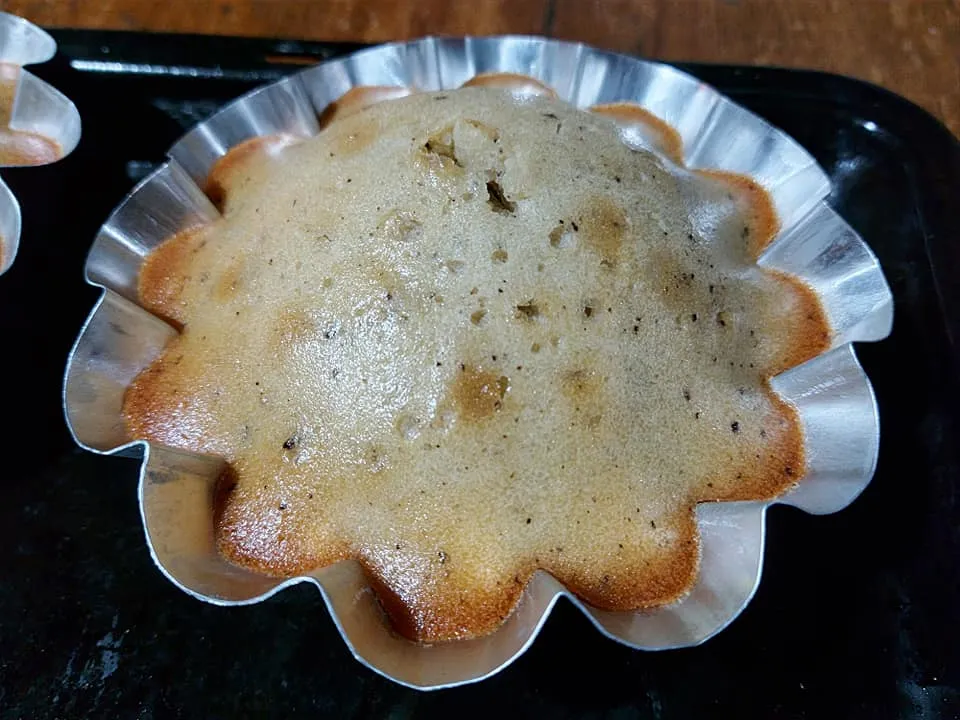
These cakes were made and raised purely with sourdough. In recent years, I have this knack for seizing every opportunity to showcase the versatility of sourdough. Inspired by our native cakes, I researched ancient and vintage recipes and this is what I came up with along with a fair share of failures. Using relative measurements and knowing when and how to adjust, now I can say that I already got the "feel" for making this cakes. I have posted similar stuff which you can find on my blog if you are interested but there are no exact recipes. :)
Sourdough Flatbread and Chicken Shawarma Plus Other Goodies
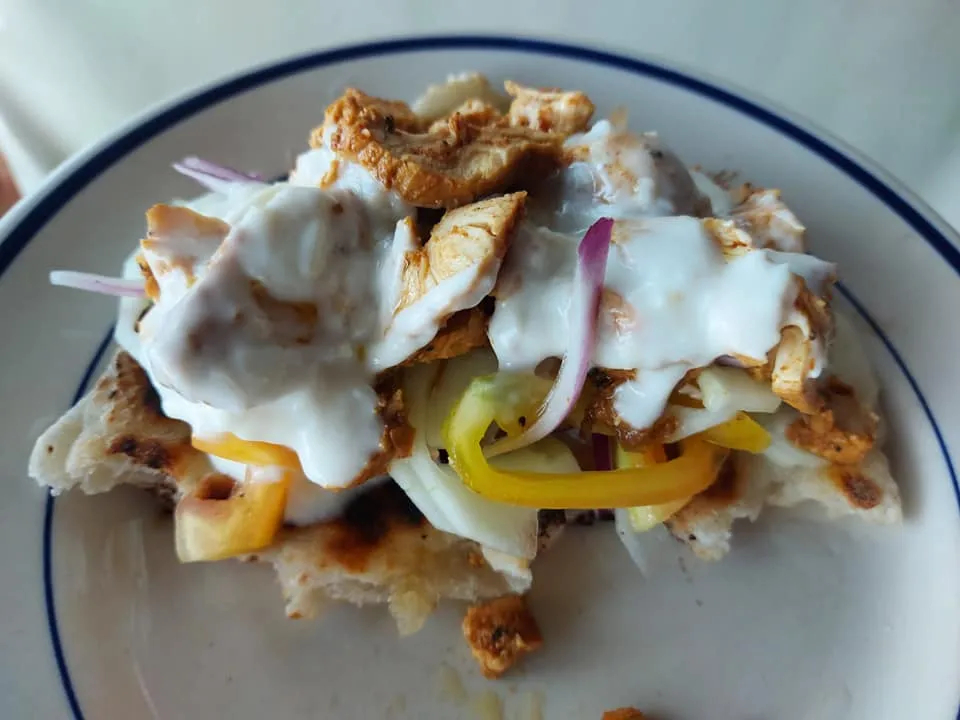
It's gonna be 2021 here in a few minutes and this is my mandatory yearend post. It has been a difficult time we have all been through. It changed our lives and left us in uncertainty but there is still that glimmer of hope. I wish all of us a better and blessed 2021.
Here is what I made today.

